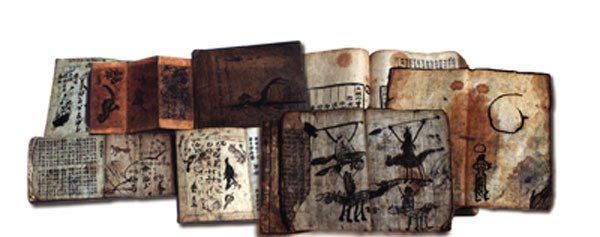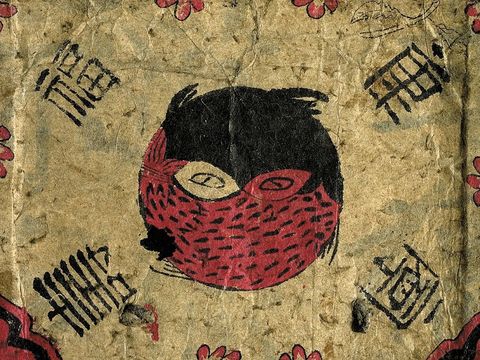Art Print
Historical Children's Drawings
The originals from the Sottaehanul Museum
'Sottae' is a high pole that is set up on the edge of a village with images of birds sitting on top. People believed that these birds could convey their greatest wishes to heaven. 'Hanul' has a double meaning: heaven and paradise. That is why 'Sottaehanul' means the heaven at which the poles are aimed and the paradise we all want to reach. The Mongols (and also the Koreans) looked at these bars whenever they were happy or sad.
We want to revive the awe and respect for heaven - that's why we named the museum 'Sottaehanul'. Most of our collection does not consist of refined and elegant things, but of naive, simple and worn things that used to belong to the lower social classes. Nowadays these traditional objects are given far too little attention; they quickly disappear from the scene. But we believe that the best way to understand the soul of ordinary Koreans is through these ancient simple items.
All the originals of these posters and cards come from old Korean books, especially children's books, which are in the possession of the Sottaehanul Museum. Children's books are rarer than books for adults. In the past, paper was scarce and expensive, so people viewed books as valuable. Therefore, they did not allow their children to draw in books. And it is rather unusual to find children's books with line drawings: in one hundred books there is one line drawing. Sottaehanul has a collection of 700 volumes containing around 2,000 images. From these we have selected interesting motifs for posters and cards.
Hanji for Sottaehanul Museum Art
The Hanji that is used for the cards and posters of Sottaehanul Museum Art is of course no longer made by hand. But it is created with maximum consideration of the traditional method so that it really feels like traditional Hanji. Explanations of motifs are attached to every picture (poster and cards).
Wildflowers
The motifs "Wildflowers come from the well-known Korean painter Wuhm-hee Goh. We have selected some motifs from the extensive collection that are available as prints.
The originals are made on Hanji paper using the Korean brush technique. The artist is known for her nature motifs. With the wild flowers in particular, she expresses her bond with the beauty of nature.
Wildflowers



